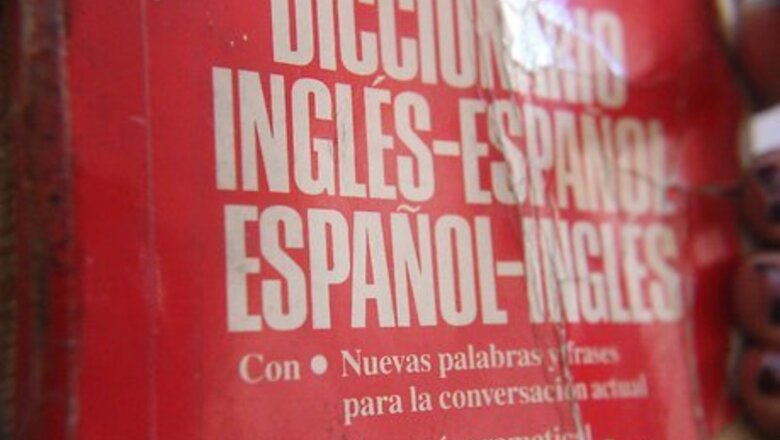
views
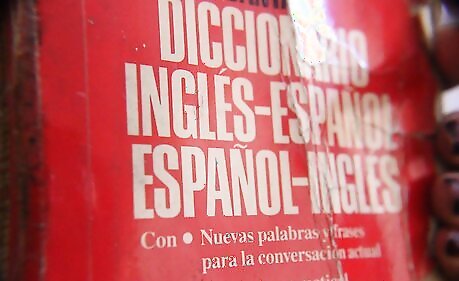
Decide what you are doing this learning for. Is it for fun? Or are you going to a foreign country? If so, which one? The most common Spanish taught in the US is Mexican Spanish.
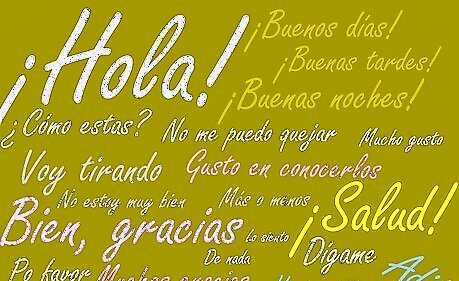
Learn the following conversational vocabulary: Hello or Hi - ¡Hola! Good Morning - ¡Buenos días! Good Afternoon - ¡Buenas tardes! also casual & friendly - ¡ Buenas ! Good Evening or Good Night - ¡Buenas noches! ( In Spain it also means means you're going to bed ) How are you (singular casual term)? - ¿Cómo estás? How are you (singular formal term)? - ¿Cómo está? How are you (plural both formal and casual term)?: ¿Como están? Fine, thanks - Bien, gracias. So, So - Más o menos Getting by - Voy tirando Can't complain- No me puedo quejar And you - ¿Y usted? (formal term) ¿Y tú? (casual term) ¿Y vos? (some latin american countries, like Guatemala and Argentina; very casual term) Not very well - No estoy muy bien / No estoy tan bien / No tan bien (I'm not very well) I'm sorry. - Lo siento, perdón, disculpa (casual) o disculpe (formal). Good-bye- Adiós See you later! - ¡Hasta luego! (or) ¡Hasta la vista! I'll be seeing you... - Nos vemos... See you tomorrow - Hasta mañana... (Nos vemos mañana is ok, too) Please - Por favor Thanks very much - Muchas gracias You're welcome - De nada / No hay de qué Nice to meet you - Formal Singular Gusto en conocerlo(a); Mucho gusto (more common in Mexico & South America). Nice to meet you - Casual Singular Gusto en conocerte. Nice to meet you - Plural both formal and casual: Gusto en conocerlos. Nice to meet you - Flowery to impress a lady: Un placer (Literally "It's a pleasure.") or Encantado - same general meaning. Bless you (sneeze or to your health) or God bless you - ¡Salud! (in Guatemala: ¡Jesús! but ¡Salud! is more common) Talk to me (to answer the phone) - Digáme
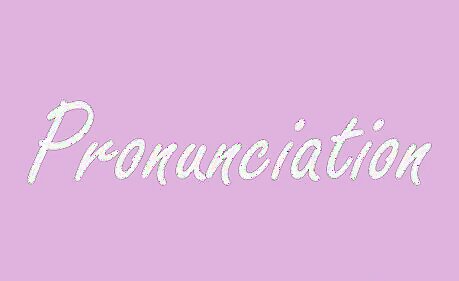
Pronunciation. Never pronounce the, "H", in Spanish if you see it. "Hola", or, "Hasta luego", are actually pronounced, "Ola, asta luego." The only reason you would use the "h" sound in Spanish is when you see a g or j. "Jorge" is said "Horhe". But be careful with the letter G: when you find "gu", "ga", "go", you should use the guttural sound as in the verb "Go"; when you read "ge" or "gi", you use the sound of english "H" as in "He".Say Greetings and Goodbyes in Spanish Step 3Bullet1.jpg Try to roll your tongue when saying your r's in Spanish: Initial "r", doble "r" and "r" after "l","n" and "s": Ramón, roca, irritado. All the other "r's" are soft like the English "r" in right,rose...etc.Say Greetings and Goodbyes in Spanish Step 3Bullet2.jpg Y is pronounced like ee and also like the second "i" of English "idiot, but both ways of pronouncing it don't cause misunderstandings. The letter "i" is pronounced like a long "e" as in "eat" but shorter; in diphthongs pronounce it like a Spanish "y" : miedo, siete, aluminio, caries. Pronounce the letter "u" as "oo" (like when something looks ugly, you say "oo" or "oo" in the word "good").Say Greetings and Goodbyes in Spanish Step 3Bullet3.jpg














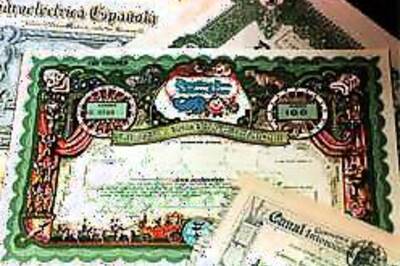




Comments
0 comment